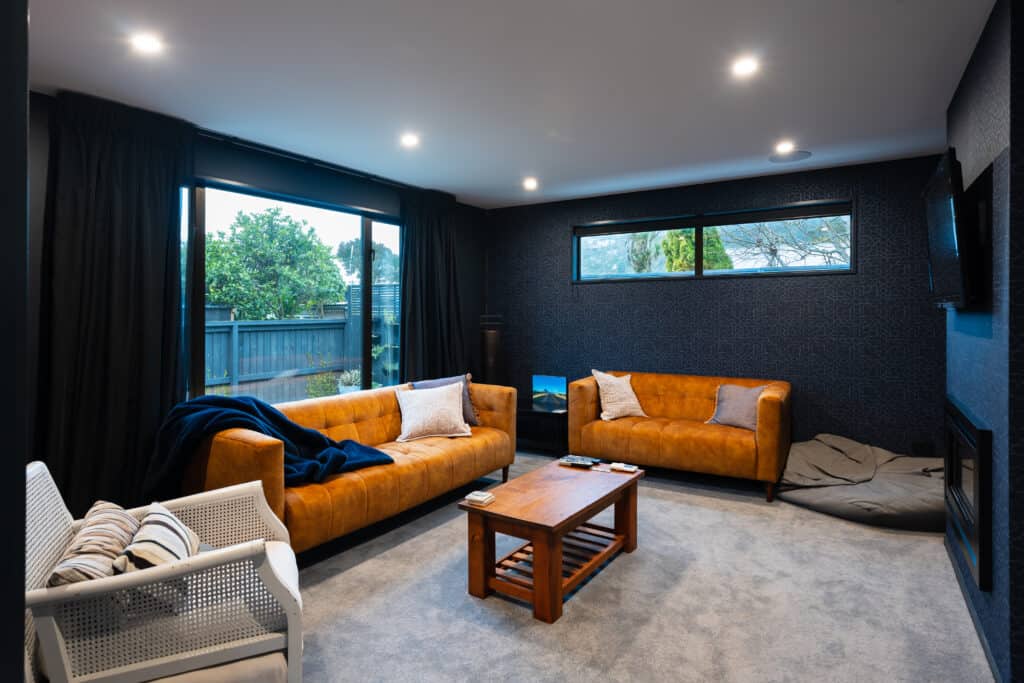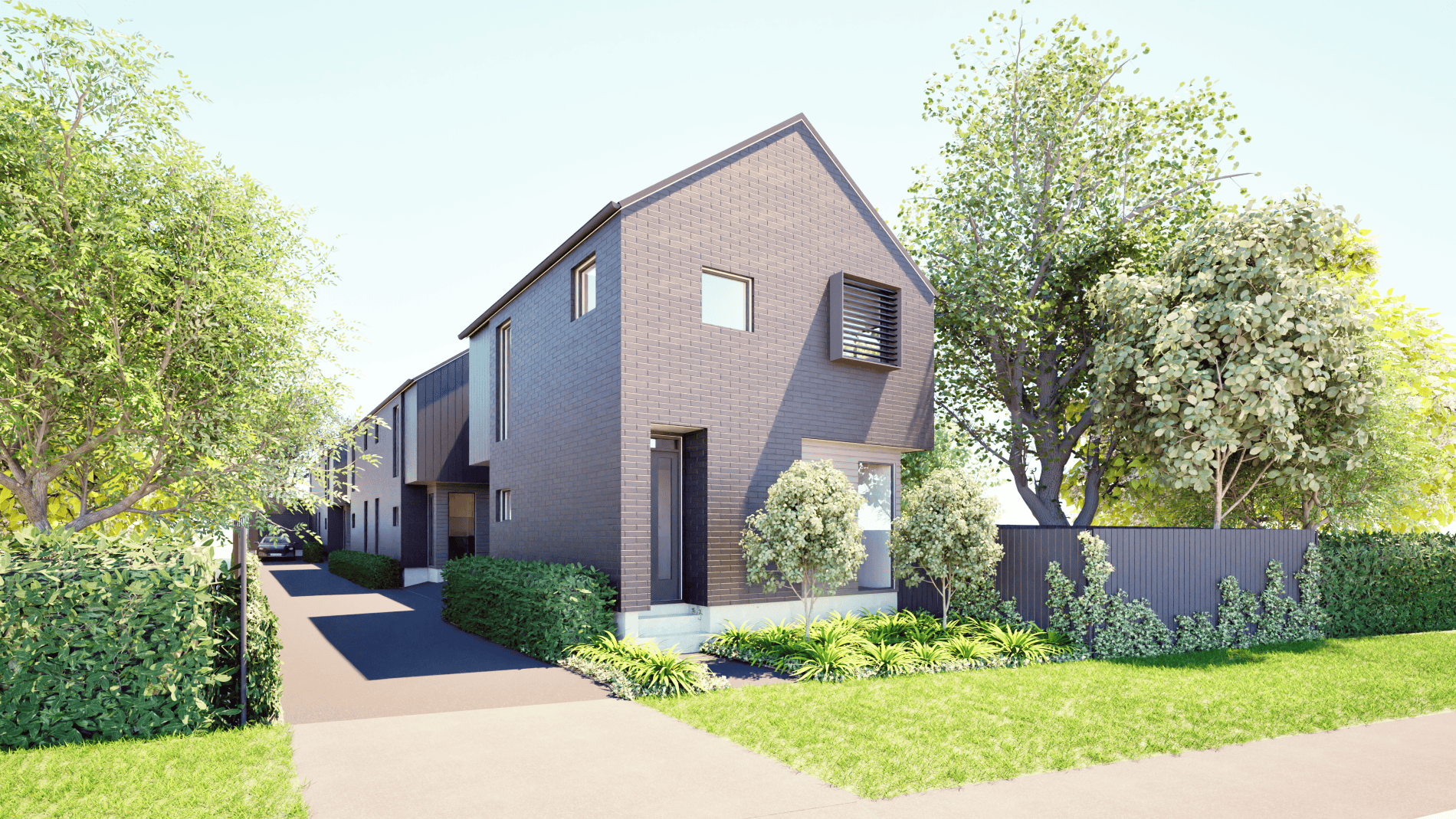How a smart home works and how can they add value.
Our homes need to be more to us than ever before. They are not just a set of walls and a roof to keep the rain off. Our home’s role in our lives keeps evolving – they are the perfect sanctuary that you can’t wait to get back to each day and also functional and flexible spaces to cater for modern everyday demands – the homework station, the work from home space, the area for entertaining or relaxing.

So what is a 'smart home'?
A smart home is a device or a system which ‘talks’ to other connected devices or appliances in the home to trigger a particular event or action or monitor a particular parameter (such as temperature/humidity). These devices are controlled using a wireless network (Bluetooth or Wi-Fi). Some smart devices run on power and others are battery operated.
Smart homes can now drop the blinds, check for water leaks, automatically adjust lighting or heating and even open and close our garage door – just the tip of the iceberg in an exciting wave of capabilities and imagining all the possibilities.
Home automation has never been more affordable, accessible or simpler to use. Innovation in this space is accelerating so it is a great opportunity to add value to your home and lifestyle.
The latest apps for smart devices change your phone or tablet into a remote and can connect to smart devices giving you incredible control of your home. But if you’re the hands-on type, there are lots of manual methods of control such as motion sensors, or basic timers which can give you simple automation without needing app operation or connecting to the internet.
Whether it’s touch screens on the wall, voice activation or smart sensors that recognise factors like proximity, temperature, time or light level – control can be tailored to your lifestyle, your preferences and your home.
The first consideration once you’ve chosen to have some level of home automation is to decide what you want to control.
For instance, a switch or socket with an in-built timer is the perfect example of passive home automation that’s both simple and inexpensive. For a few hundred dollars you can save energy by having your heated towel rail turn on and off automatically after the family has typically finished showering in the morning.
Alternatively, you may want to introduce some added safety to the use of hair straighteners, or electric blankets so that they turn off after a pre-determined time – preventing a potential fire hazard. This can be achieved with a simple PDL time delay switch that is scheduled to switch off after a certain duration and can be easily overridden at the switch.

Even when you’re not in your home you can have it work for you.
Now you’re considering the breadth of applications available and how a smart home can increase your peace of mind, convenience and energy efficiency – let’s take a look at some next-level home automation opportunities.
Lighting is a particularly exciting part of the home when it comes to control and smarts. Simple and affordable automation can deliver energy efficiency and increase safety and security in the home.
A good example would be using sensors to turn your security lights on based on the detection of movement. You might like to have low-level stair or hall lights to come on when someone approaches after 10pm.
The next-level is fully automated situational lighting that can deliver lighting ‘scenes’ in certain environments. A ‘cooking’ setting in the kitchen could maximise benchtop lighting, ‘dinner party’ could provide more tabletop lighting but dim the rest of the dining room and automatically turn on some background music.

How does a smart home work?
Before you get to tailoring your smart home to your needs, understanding how it all works is important regardless of whether you’re building a brand-new home or renovating your existing one.
Communication is the key to any home automation – in this instance, it’s the devices that you need to talk to each other. There are currently three primary methods of communication that smart-home devices use to communicate – cables, Bluetooth and Wi-Fi connectivity.
Cabled in devices can use communication cables like ethernet or sometimes the copper wiring in your walls to send signals between devices.
Creating a smart home
The PDL home automation showrooms in Auckland and Christchurch let you get hands-on with every level of home automation. You’ll be able to go through your specific requirements and try out all the different technology to help you decide which smart home automation solution is a good fit for you and does what you want it to do.
If you can’t make it to the PDL showroom, you can book a free digital consultation with a PDL specialist or talk to a registered electrician who can discuss what you’d like your home to do, and advise on the best approach, and the expected costs.
An electrician will also be able to install the smart devices and can make sure you get the perfect setup for the unique needs of your home and your lifestyle.







